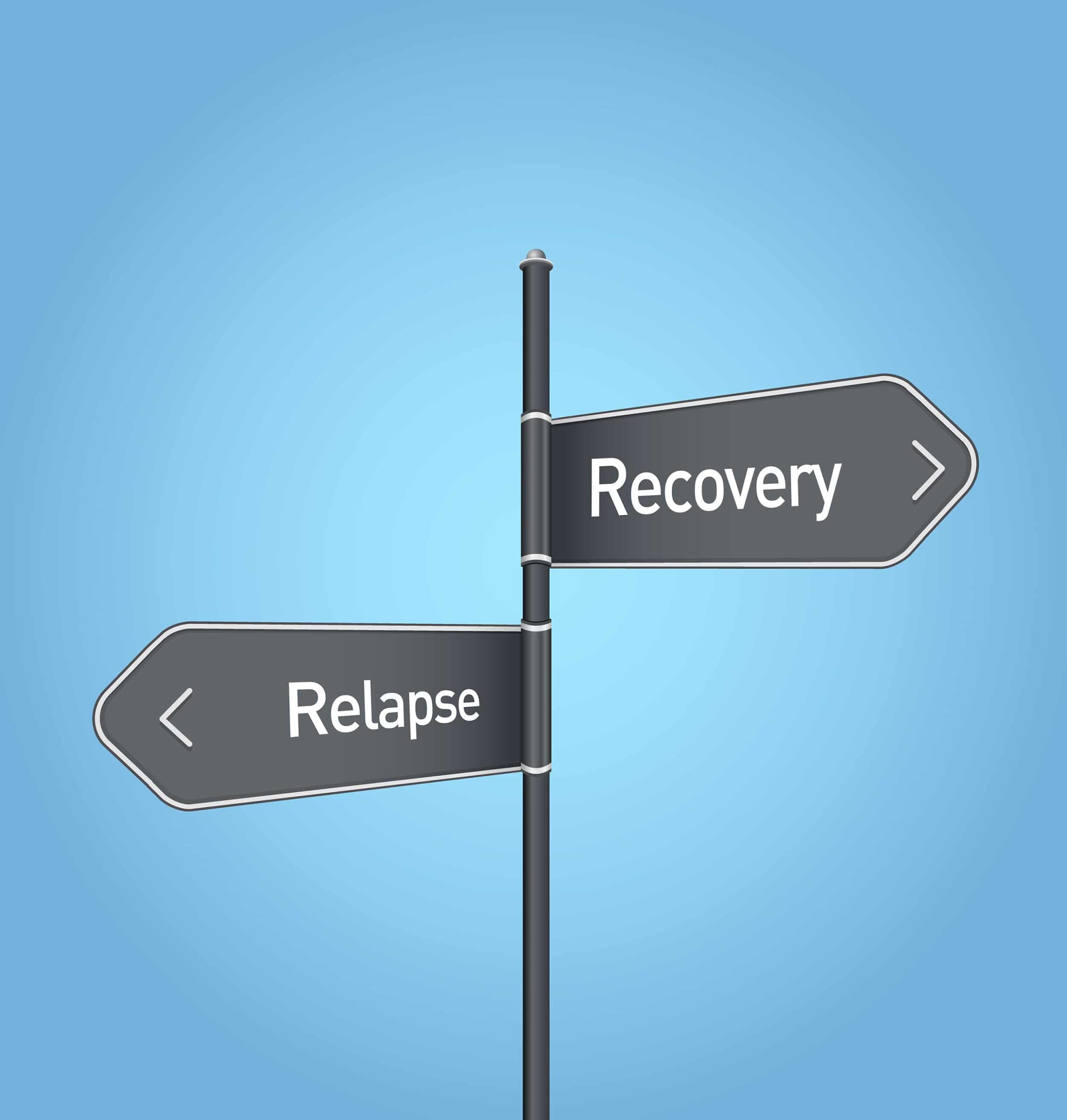
Relapse, the Final Stage of Change
This is the sixth column in a series of seven dedicated to the Stages of Change, highlighting weight loss.
In 1983, Prochaska and DiClemente developed the Stages of Change model, which describes the stages a person goes through as they attempt to make significant changes. The model includes six well-defined stages that people move through as they work to change their behavior.
You have moved past denial (pre-contemplation), recognized a need for change (contemplation), gathered information and resources (preparation), developed a plan of action (action), and have had success in the maintenance stage (maintenance). Now, as you face relapse, you will either give up altogether or get back on track.
Life is more of a zigzag than a straight line. It is typical to bounce between the stages as well as to relapse. It’s not personal. We all fluctuate. Relapses are not uncommon among people who are in recovery from substance dependence. But it is inevitable for people who struggle to lose weight. We can avoid alcohol and stop abusing street drugs, but we must eat to stay alive.
Who doesn’t crave sugar, fat, and ultra-processed food? So, what do we do?
The management of cravings can be broken down into two parts.
- What you do before you start having cravings (prevention plan)
- What you do when you are having cravings (management plan)
To create a prevention plan, you identify the triggers that make you more likely to make poor choices. Triggers are your emotional state, people, places, thoughts, and situations.
Then, identify your strategy to reduce your exposure for each trigger.
You will never be entirely free of cravings, but the goal is to learn how to manage cravings and reduce their frequency and intensity. As an example of a management plan, I’m including a 5×5 Cravings Toolkit adapted from Monument. (Monument– joinmonument.com–is an online platform dedicated to helping individuals cut back or quit drinking alcohol.)
Make a list of:
5 warning signs that you might make a poor food choice
5 people you can call to get through a craving
5 things to do to get your mind off the craving
5 ways your life might change if you continue eating poorly
5 ways your life might change if you reach and maintain your goal
Review these steps before giving in to a craving.
I’m also including the “Five Ds” from Monument. The “Five Ds” are more popularly known in the management of nicotine cravings but are just as helpful in managing food cravings.
Delay: If you wait long enough, your craving may just disappear.
Distract: Do something else.
Drink water: When you are craving food, you may just be thirsty.
Deep breathing: Activate your parasympathetic system to relax.
Discuss: Reach out to other people who understand what you’re going through.
Despite your best efforts, you will fail from time to time. I like this quote from Mental Health America B4Stage4: “Forgive yourself for failure. Recovery doesn’t happen overnight, and there are going to be days that are going to go really well and other days that are going to be crappy. Having a crappy day, or showing signs of relapse or recurrence, doesn’t mean that you haven’t made any progress or that you should give up trying to get better. Be kind to yourself and keep fighting for the life you want.”
I recommend you forgive yourself and then review your manifesto. A personal manifesto is your “creed” or “mission statement.” It is a declaration of what is important and what you want in life. The intent of one of these documents is to outline your core beliefs, inspire you, and motivate change. Your manifesto is your call to action.
Here again is my body manifesto that was mentioned in the first blog in this series:
- I am in charge of my body.
- I create my own definition of body health. I do not judge others, nor do I compare myself to others.
- My body size is sufficient to be active, flexible, strong, and healthy enough to prevent illness and injury.
- I can make good choices for my body and my health.
- I tolerate discomfort and have good emotion regulation skills. I manage stress without turning to food.
- I have insight into food triggers and manage cravings rather than give in to them.
- I replace unhealthy habits with good ones. By making a 1% improvement every day, my life will change dramatically over time.
- I practice perseverance. If I can do it for a day, I can do it for a lifetime.
- I ensure a healthy food environment at home and stay in touch with my support system.
- I view failure as an opportunity for growth.
- I am strong and capable of achieving my goals.
In summary, deal with slip-ups by creating a relapse prevention plan and a management plan, and then get back on track by developing or reviewing your manifesto.
